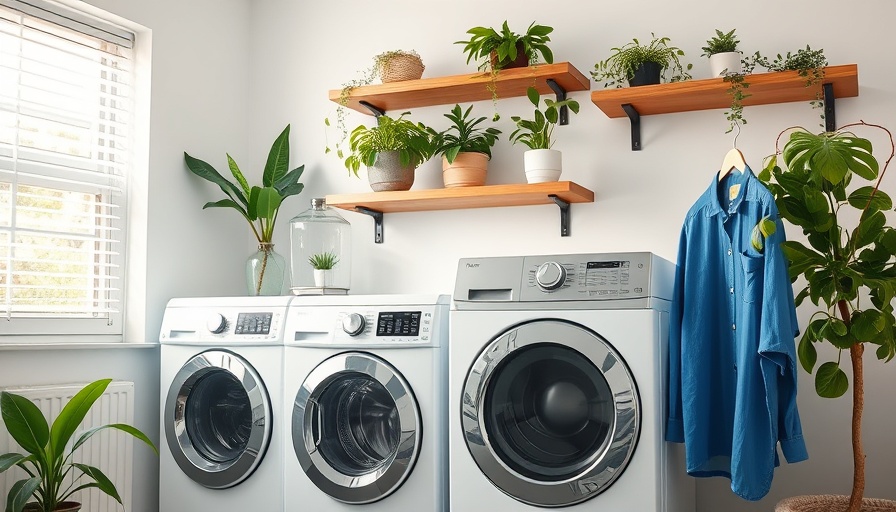
Master Your Laundry: The Pro's Time-Saving Secrets
Let’s face it: laundry can be the bane of our existence, that never-ending cycle of washing, drying, and folding. Yet, if there’s one realm where efficiency reigns supreme, it’s laundry day. Professionals have rolled up their sleeves to develop a time-saving laundry schedule that promises to tackle the task without consuming your entire weekend. So grab your favorite detergent and let’s dive into these innovative strategies!
Understanding the Laundry Cycle: First Things First
Before we get into the nitty-gritty of scheduling, it's crucial to understand the laundry cycle. Washing clothes involves four main steps: sorting, washing, drying, and folding. Moreover, it becomes an increasingly intricate puzzle when you consider fabric types, colors, and washing instructions. By breaking down this cycle into manageable parts, you can create an efficient routine that simplifies your laundry experience.
Pro Schedule for Laundry Success
The golden rule of laundry efficiency is to figure out a schedule that works with your lifestyle. While each individual’s needs may vary, experts recommend designating certain days for specific tasks. For example, Monday and Thursday could be laundry days, while Saturday ensures you catch up on folding. A proactive approach—like gathering dirty clothes each night—will also help streamline your process.
Tech Tools to Elevate Your Laundry Game
If you're a fan of technology and smarts in the home, you're in for a treat! Smart washers and dryers now come equipped with features that allow you to control cycles remotely. So if you have plans that shuffle your laundry schedule, no worries! With a mobile app, you can start, pause, and even get notifications when your load is finished. Tackling laundry while sipping your favorite beverage at a café? Yes, please!
Organizational Hacks for Seamless Laundry
Here are some nifty tips to keep your laundry prep organized and efficient:
- Sort it Out: Invest in sorting bins to keep darks, lights, and delicates manageable.
- Set Timers: Use your smartphone to set reminders for when to swap loads.
- Fold and Go: Pair folding with TV time or another enjoyable activity, turning a tedious task into something you almost look forward to.
Why Timing Is Everything
Breaking up laundry tasks throughout the week doesn’t just save time. It also helps maintain your wardrobe. Performing laundry regularly means garments spend less time languishing in the hamper, leading to fewer wrinkles and longer-lasting freshness. Moreover, if you tackle smaller loads more frequently, you’ll likely avoid the dreaded mountain of clothes that's both intimidating and unsightly!
Get the Family Involved: Teamwork Makes the Dream Work
Sometimes, the toughest part of managing household chores is sharing the load with family members or roommates. As you establish a productive laundry schedule, involve your loved ones. Assign specific roles: one person can wash, another can fold, and someone else can put away. Not only does this collaborative spirit lighten your own responsibilities, but it also fosters a sense of community and teamwork.
The Bottom Line: Make Laundry Fun Again!
Laundry may never be classified as “fun,” but with the right strategies, tools, and team players, it can certainly become more manageable. By applying a professional laundry schedule sprinkled with tech-savvy solutions and organizational hacks, you can reclaim valuable time for leisure or, dare I say, another binge-worthy series? So, gather your clothes and let the washing begin—you’ve got this!
 Add Row
Add Row  Add
Add 



Write A Comment